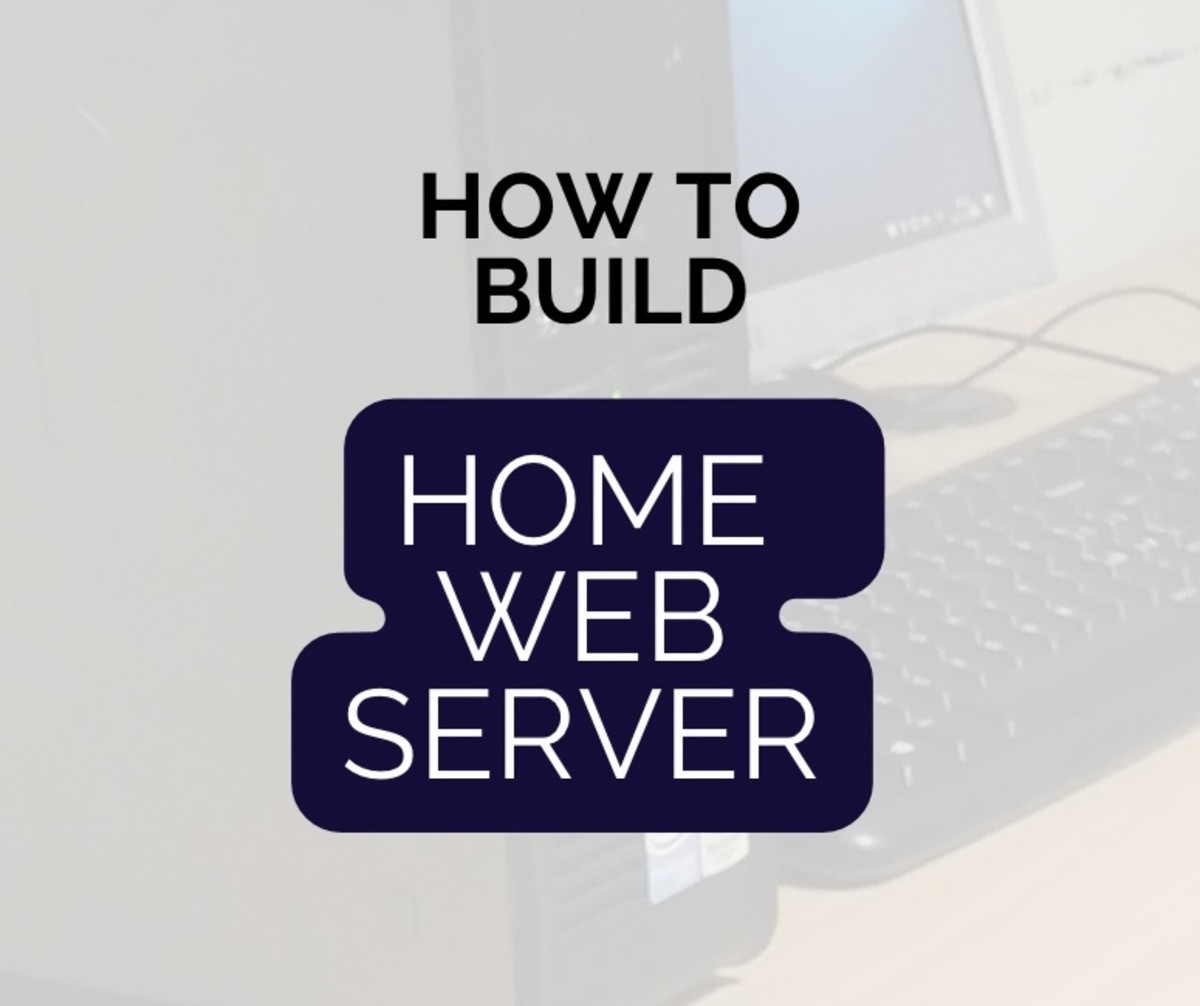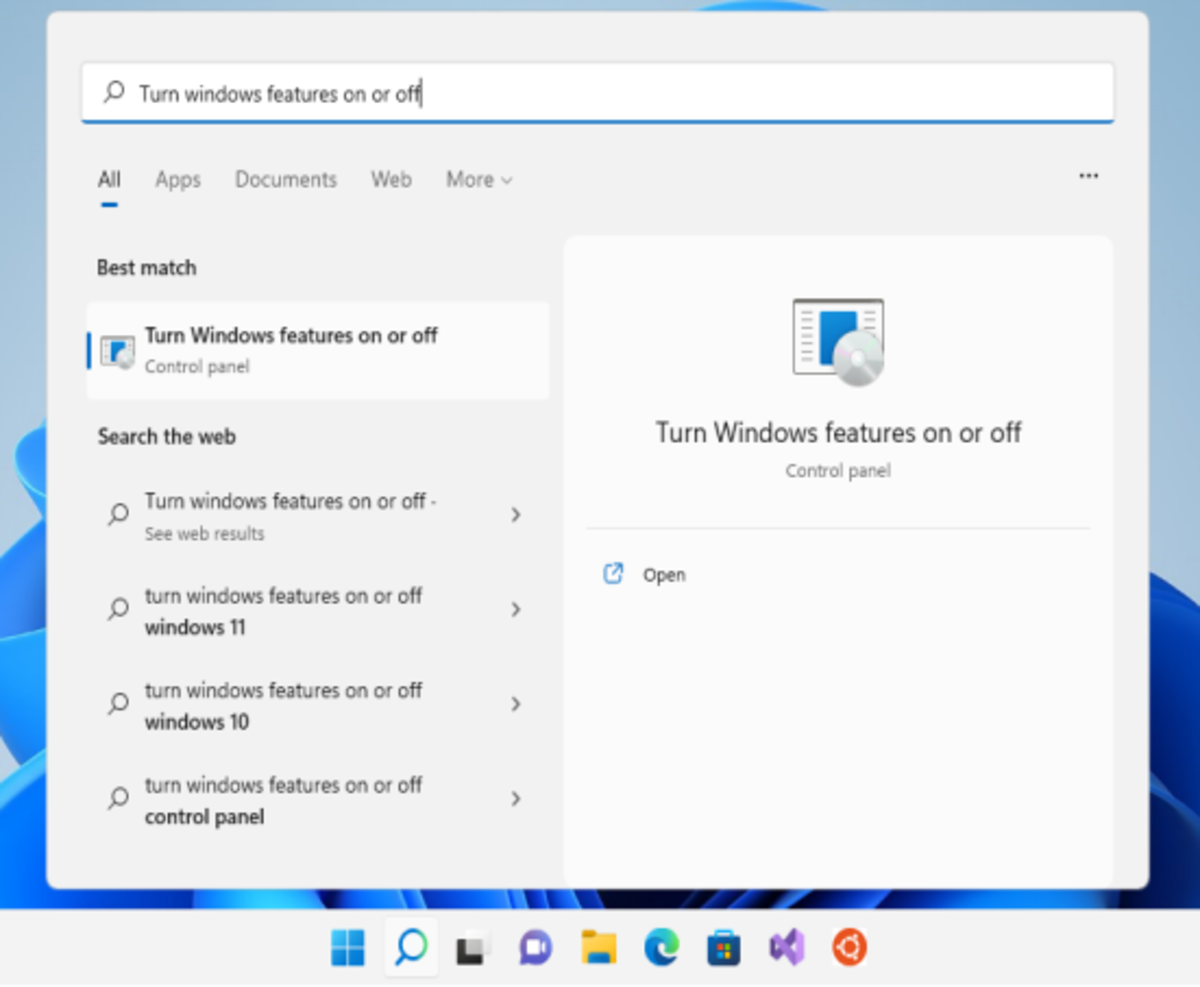You can work without an internet connection; You can test the best server configuration you need; You work at the maximum speed while on a local server.
Not only can developers find it worthwhile to have a local web server on their PC, but you can also set up a private intranet for storing music, calendars, household budgets, souvenir photos, and other stuff to share with the family.
No Need for Windows Server or Linux to Set Up a Web Hosting Environment on Your PC
Some people think they need to install Linux to configure a web server on their PC. The alternative is to buy a Windows Server license, which is more expensive than the consumer editions of the Microsoft operating system. The first solution is complicated for someone not used to Linux, while the latter is definitely out of budget for many. The good news is that you can turn any computer running a consumer edition of Windows into a fully-functional web server.
The Consumer Editions of Windows Carry Basic Server Features
Every copy of Windows already licensed with your PC has built-in server features. They are not suitable for a professional web hosting company but enough for running some web applications locally with little effort. This article will detail the steps required to turn on the Windows Server features so you can start work with IIS (the web server) and the ASP.NET programming language. It will also detail how to set up an Apache web server with MySQL and PHP on the same Windows system.
Table of Contents
1. How to Enable IIS Web Server on a Consumer Edition of Windows
These are the passages required to enable the IIS web server included in your Windows license:
1. Use the Windows Search Bar and Look for the “Turn Windows Features On or Off” Tool
IIS is disabled by default, and you need to enable it from the Turn Windows Features On or Off tool in the Control Panel or the Windows Search bar.
2. Enable IIS
Check Internet Information Services to enable built-in web server features in your Windows system.
3. Open IIS Manager
Look for the IIS Manager on the Windows Search bar and open it: this tool will allow you to manage your new web server.
4. Configure IIS for Your Needs
The Manager will show all the features to start using your freshly-installed web server. Through Manager, you can easily add new websites and tune any setting. A good thing about IIS is that Manager has a very intuitive interface: managing every aspect of your web server will be easy. Still, you may need to configure IIS with PHP and MySQL to run popular CMSs like WordPress. Installing PHP with IIS is an easy task. To proceed, you may follow some additional steps explained in an official Microsoft resource. After setting up PHP, you may configure a MySQL database so that you are ready to install WordPress or other popular platforms on your local web server. You may download MySQL Community Server and follow another Microsoft resource to configure the database service. After this, your new web server is ready to run all the popular web applications usually installed on LAMP systems (Linux, Apache, MySQL, and PHP).
2. How to Configure a WAMP Server on Windows
Even if you run Windows, you may want to install Apache on your PC to integrate PHP and MySQL with the web server traditionally designed to work with them. This kind of configuration is called WAMP. To configure a WAMP server, you can install all the required components (MySQL and PHP) separately, but this is a time-consuming task you can easily avoid. Several WAMP stacks are already configured and ready to be installed so that you can enjoy a perfectly configured web server quickly. One of the most popular comes from Bitnami, a library of installers owned by VMware.
3. Configuring Tomcat on Windows
One should consider alternatives to the popular WISA and LAMP stacks when they build or install web applications that are neither based on ASP.NET and Microsoft SQL Server nor on PHP and MySQL. An example of an alternative environment is Java server-side technology. The most popular web server for running Java servlets is Apache Tomcat. IT administrators usually configure this environment on Linux platforms, even if it is also possible to download a Windows edition from the official Apache Foundation website.
4. Conclusions
Setting up a simple web server on a home computer does not require expensive licenses of Windows Server or replacing your consumer edition of Windows with a Linux distribution. Of course, a home computer is not suitable for hosting a website meant to reach an undefined audience; still, it can be good as a testing environment or to manage an intranet meant to be accessed by some friends or people inside your house. This article is accurate and true to the best of the author’s knowledge. Content is for informational or entertainment purposes only and does not substitute for personal counsel or professional advice in business, financial, legal, or technical matters. © 2022 Alessio Ganci






